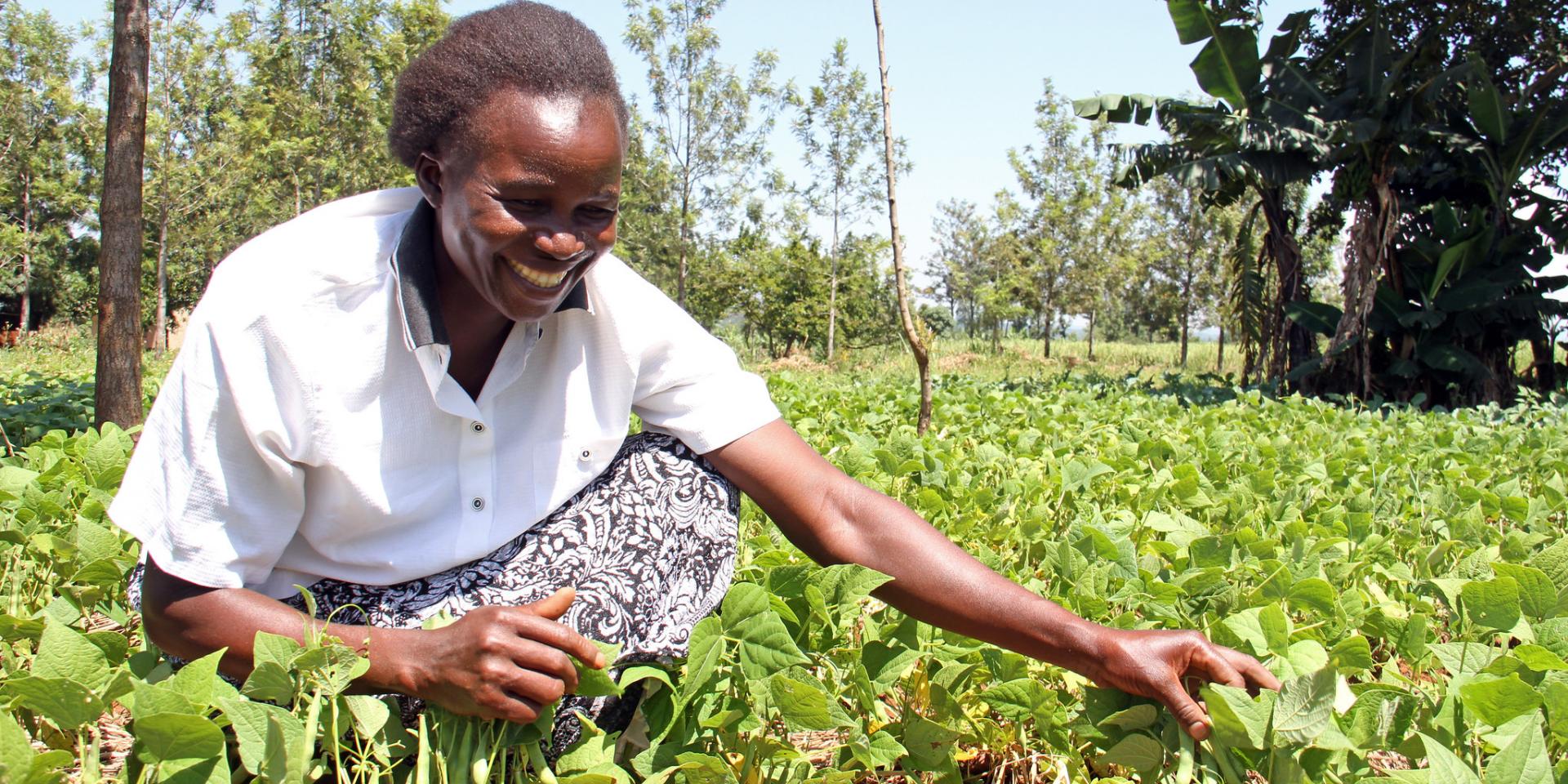Distributing high-iron and zinc bean varieties to women farmers during COVID-19

This year's theme for the International Day of Rural Women is "Building rural women’s resilience in the wake of COVID-19". On this occasion, we have asked CGIAR centers and programs to describe how their research is supporting rural women during times of crises. This post, by the Alliance of Bioversity and CIAT, is one in series of responses.
Achieving food and nutritional security and economic prosperity is possible within an equitable system where structural barriers are removed and traditional gender norms and stereotypes are broken. With additional stress on food security caused by social and economic disruptions of the pandemic, it is key to continue working with women farmers to ensure healthy and reliable harvests to support their families during the crisis.
One structural barrier influenced by cultural norms is access to productive resources – land, seed, technology and information. Women, compared to their male counterparts, have limited access to good quality seed, information on the nutritional and yield potential of improved seed varieties, crop management and market access. Men attend most farming workshops and training sessions as “household heads,” even when women are encouraged to attend the sessions.
Bean farming activities by men are generally related to land clearing and preparation. Women, however, primarily do most bean farming activities like planting, weeding, spraying, harvesting and threshing. Men, on the other hand, do more of the land clearing and preparations. Because they generally do the planting, Alliance researchers work to get improved seeds directly to women.
One place where we do this is in the Elementeita ward in Nakuru county, situated in the Central Rift Valley of Kenya. Known for its wildlife, including flamingos, the area includes Lakes Elementeita and Nakuru, which are protected areas but are undergoing increased pressure from human activity, underscoring the need for more sustainable use of natural resources in the area.